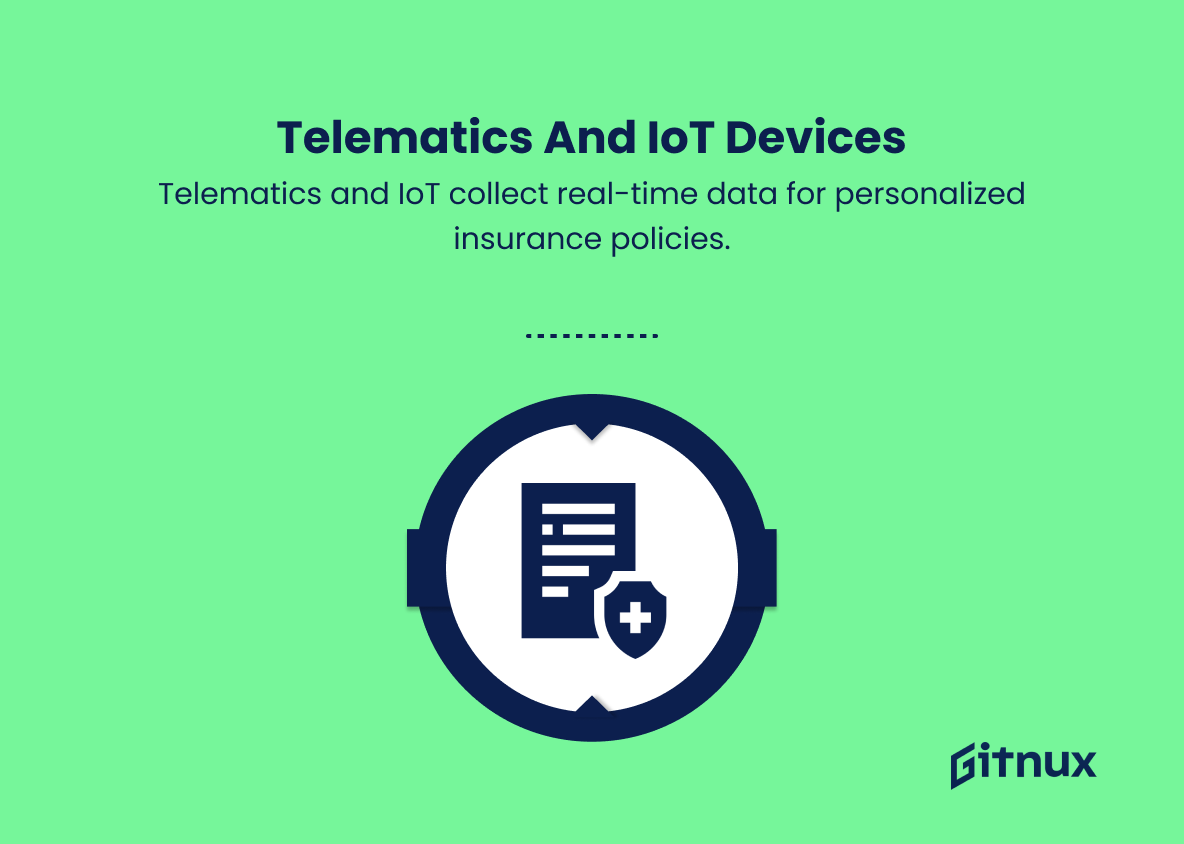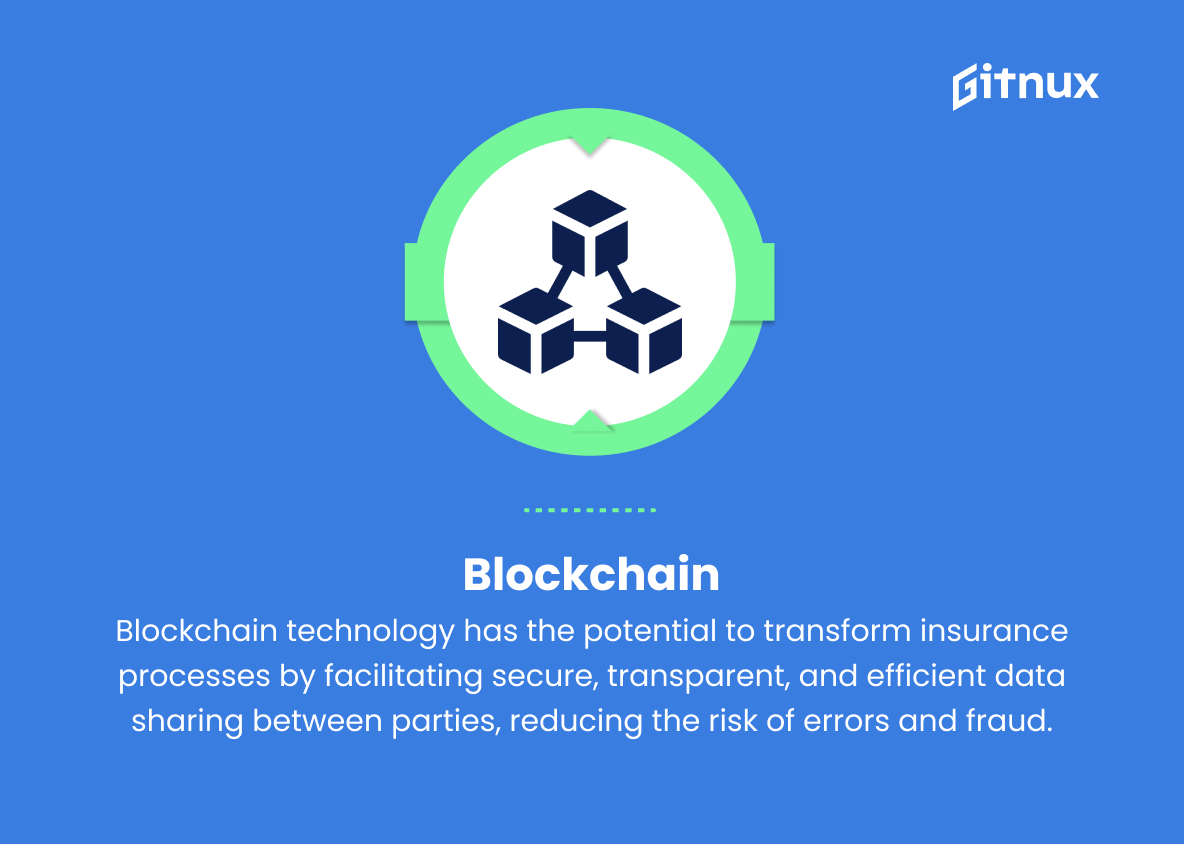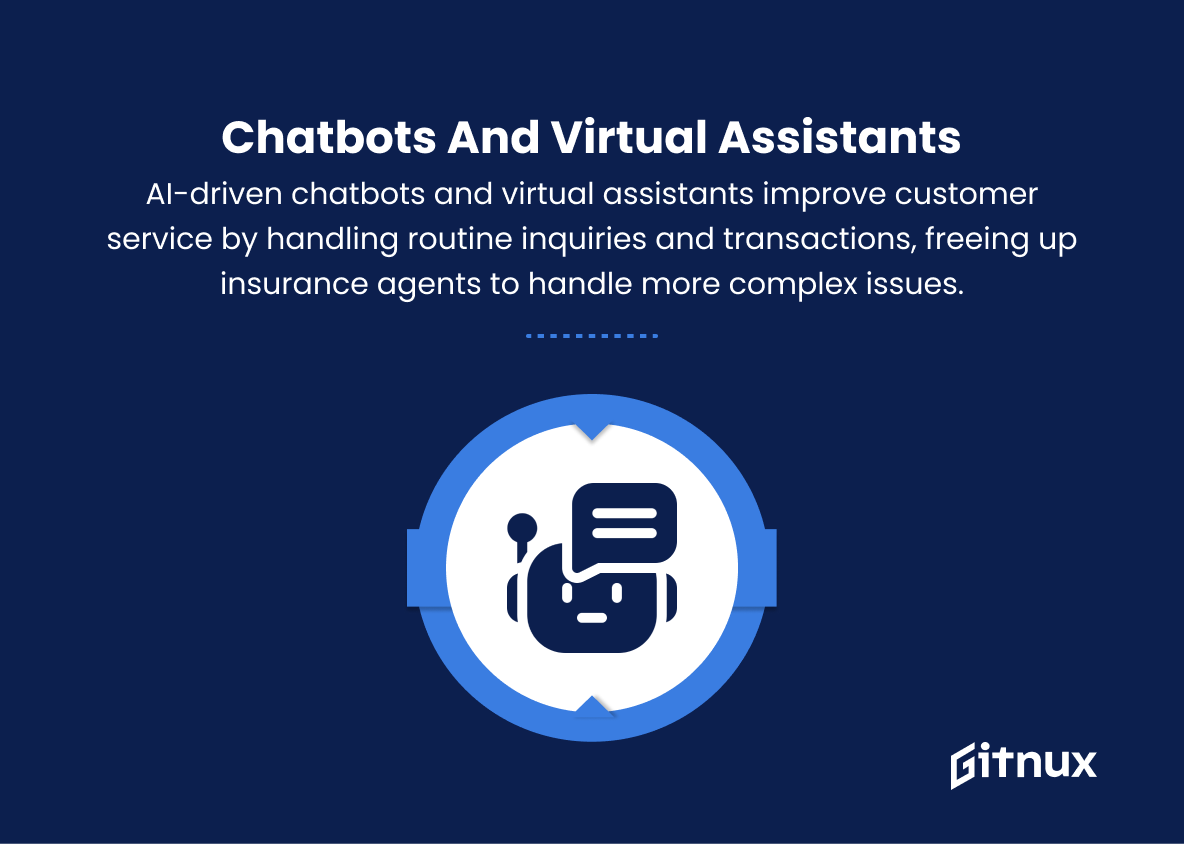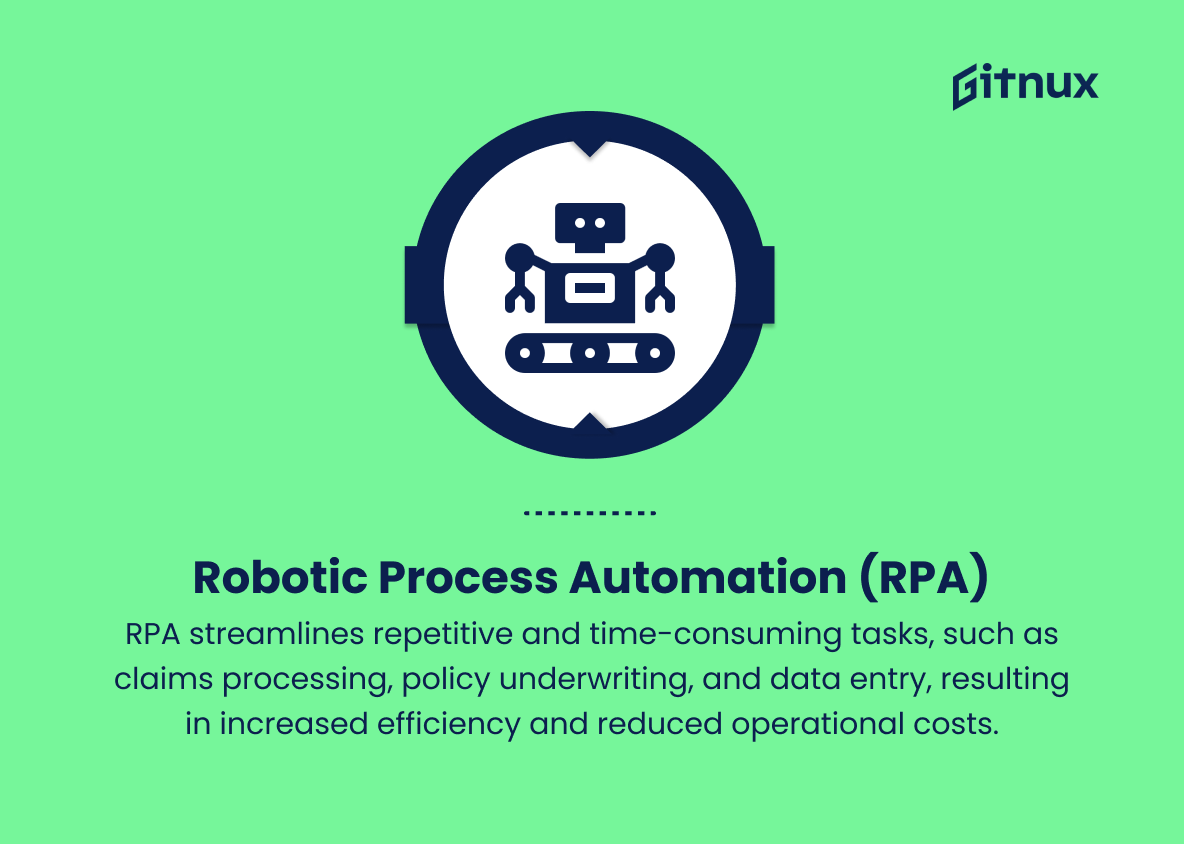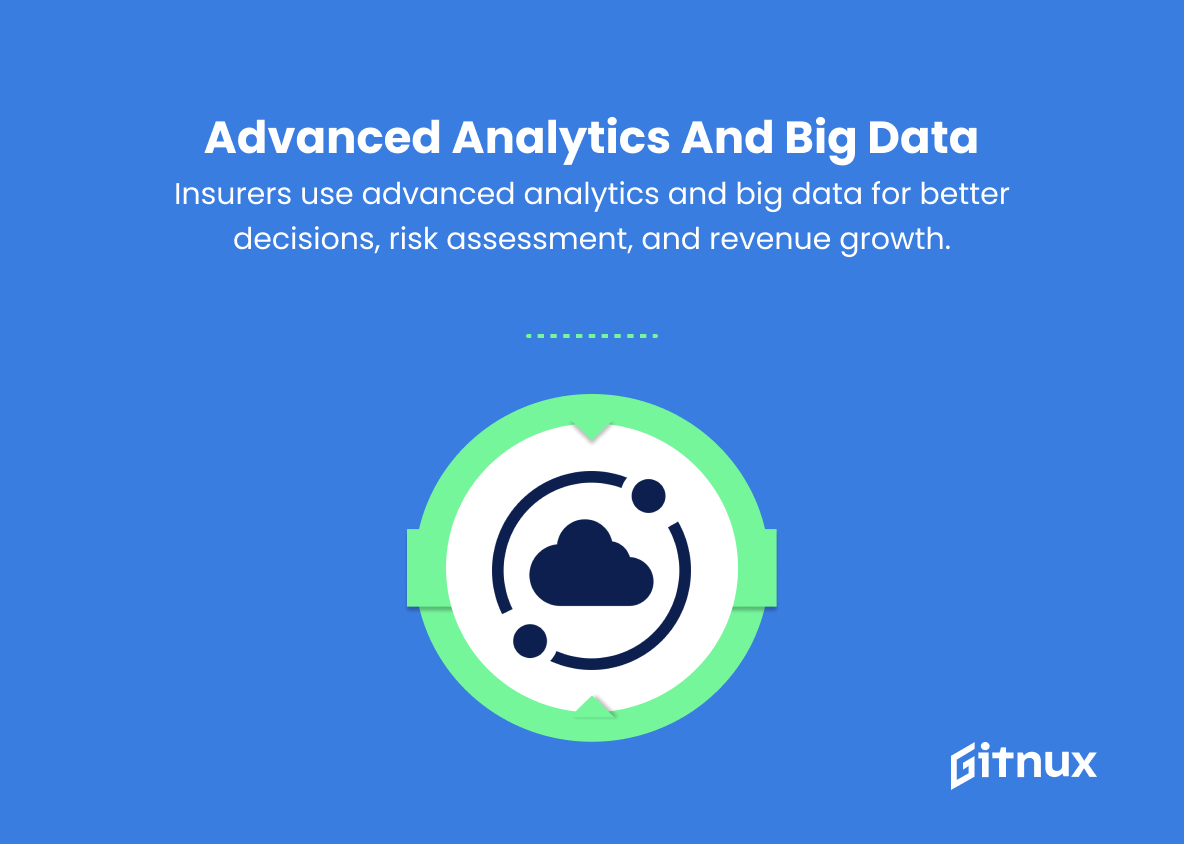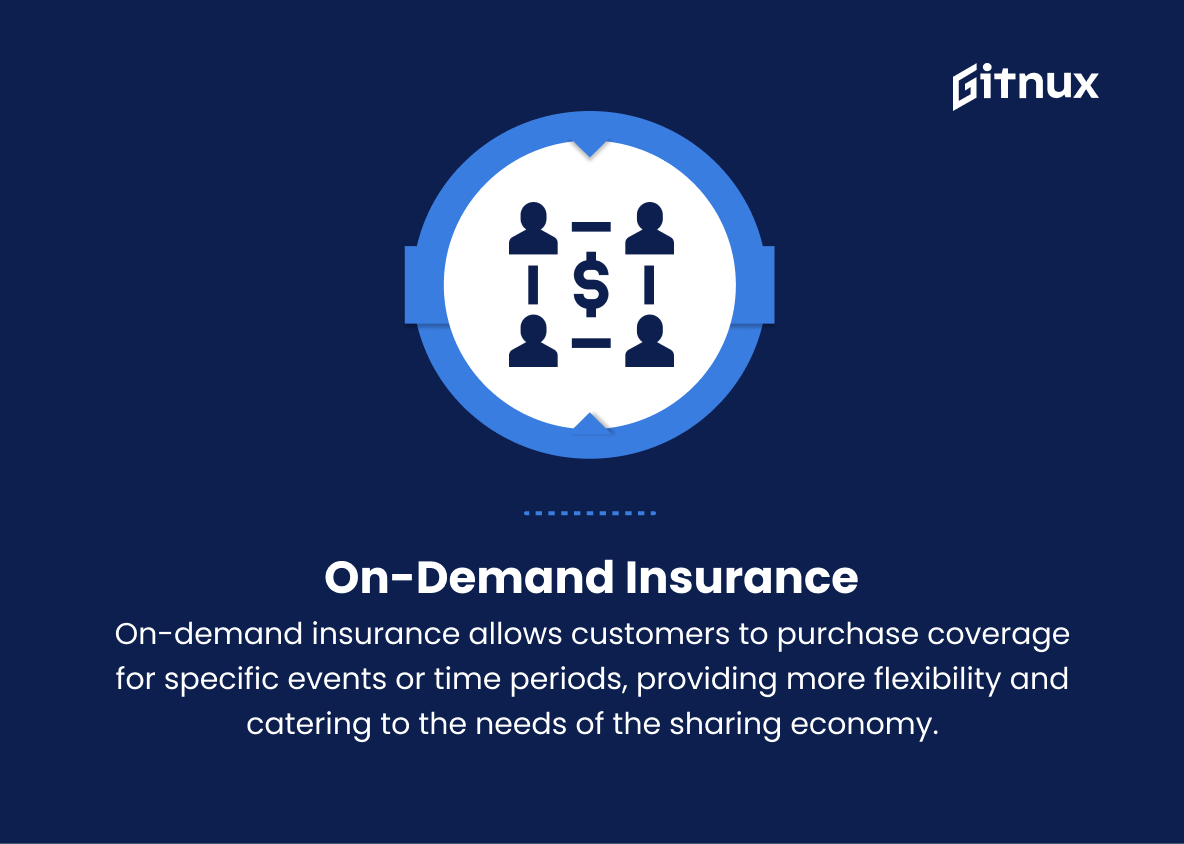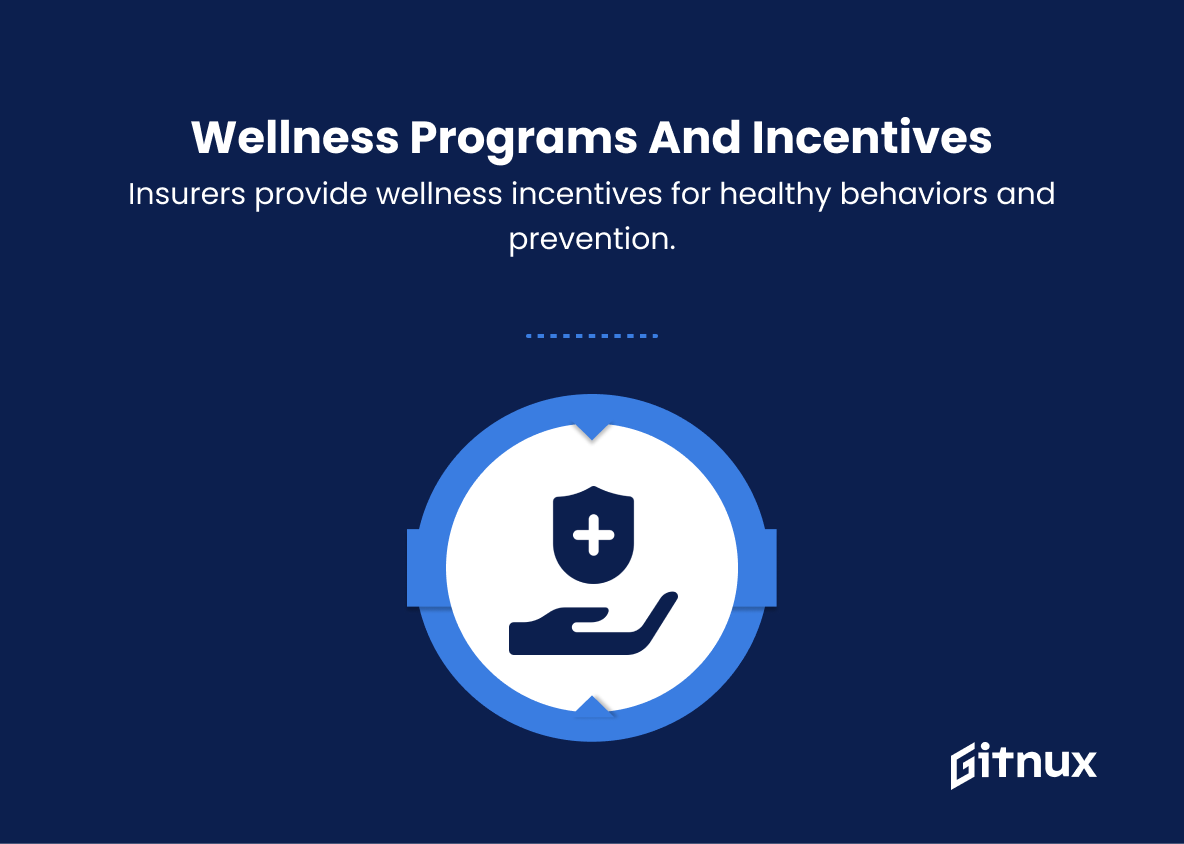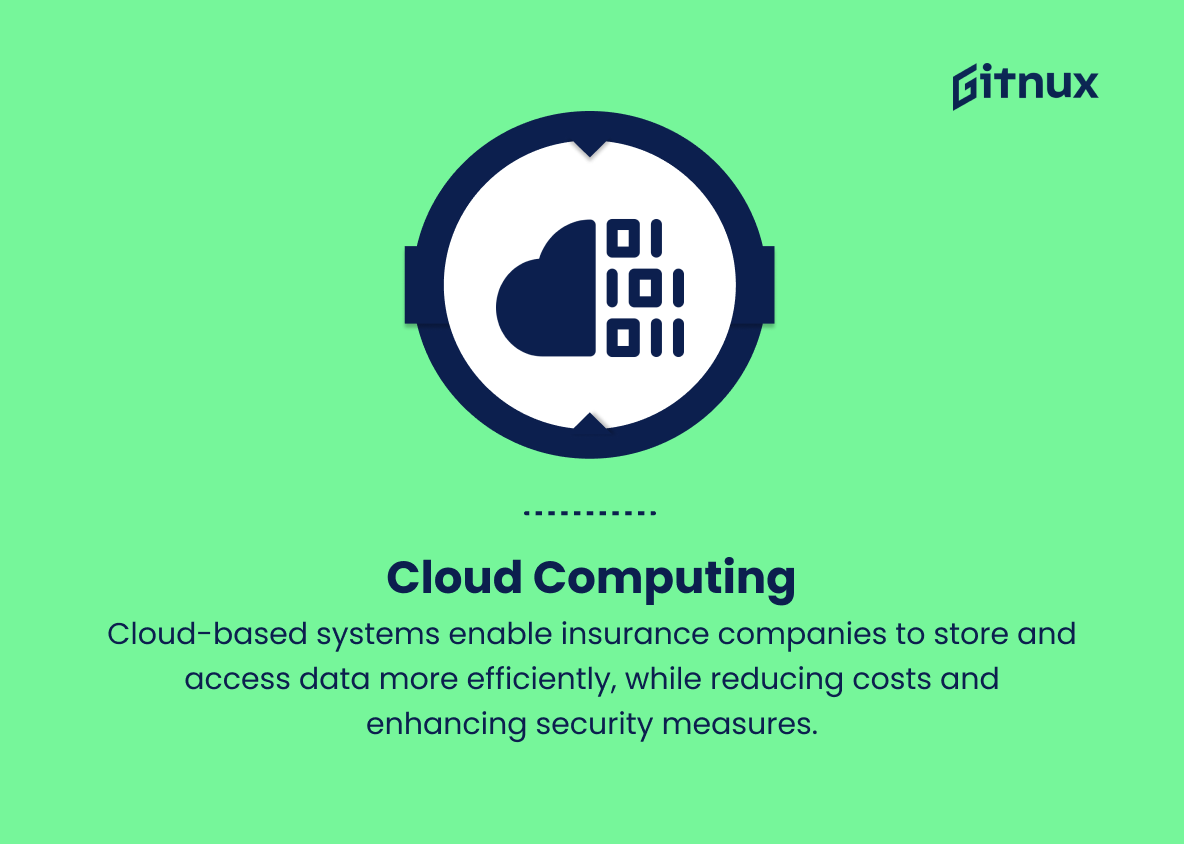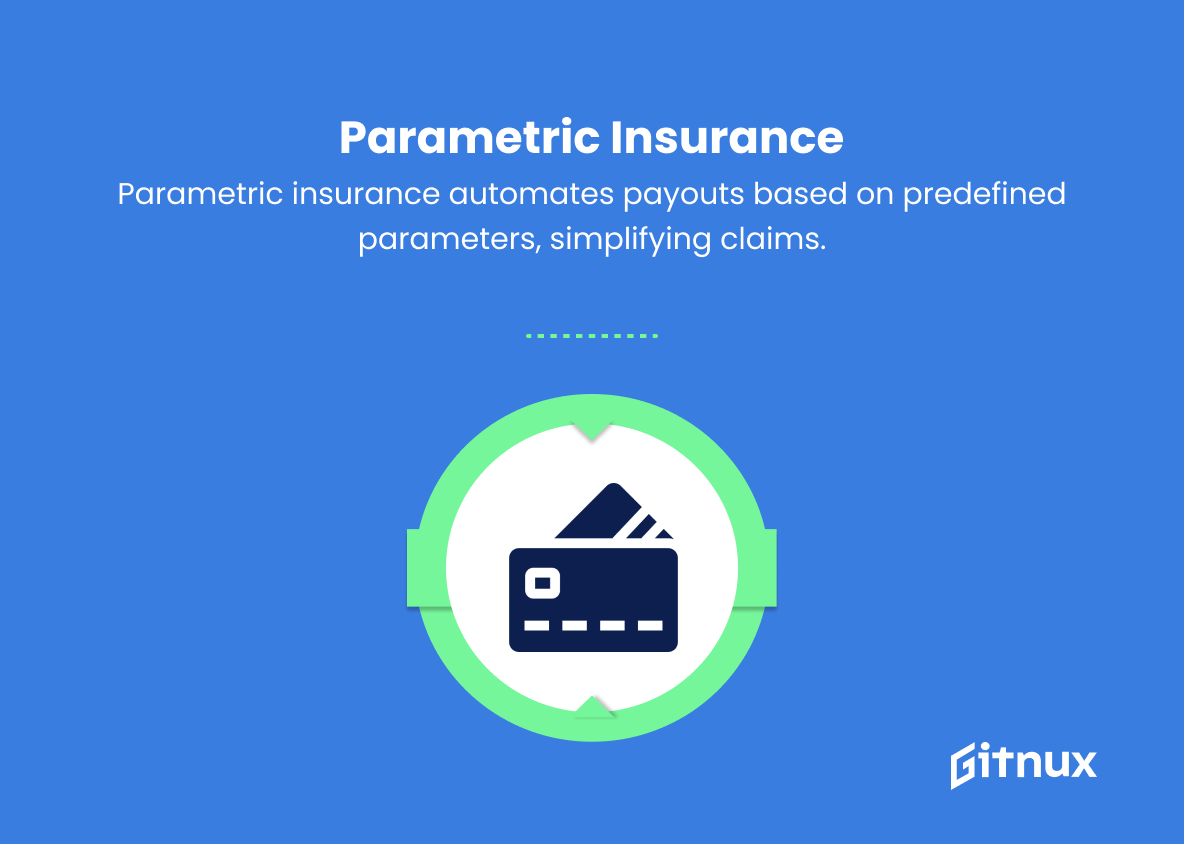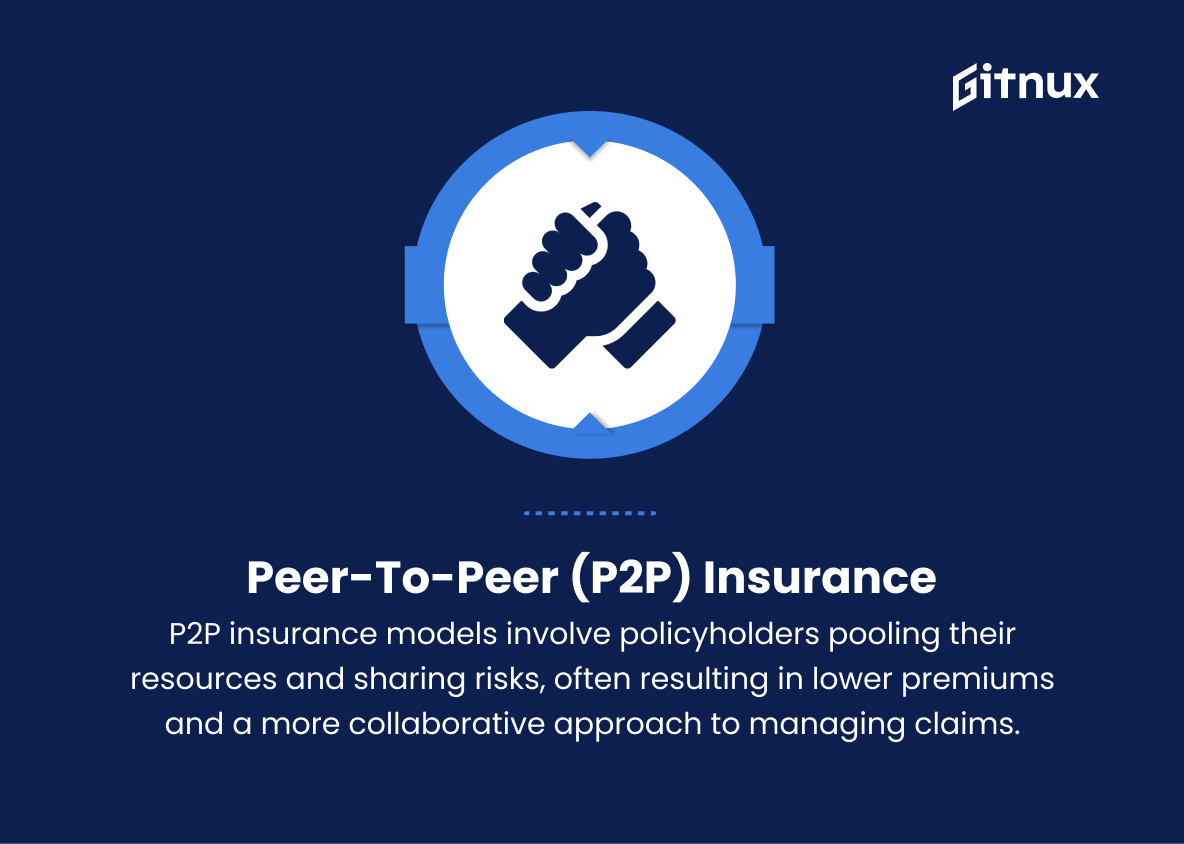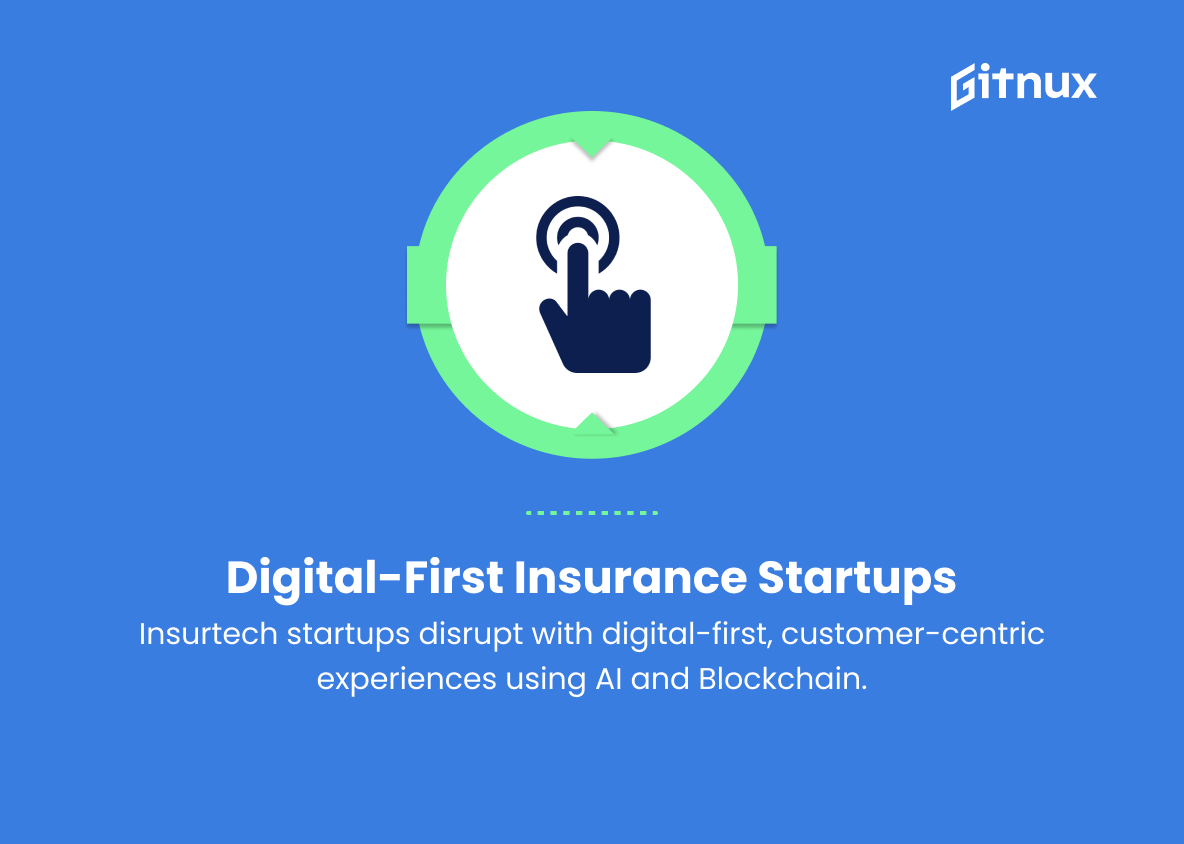As we navigate through the rapidly evolving landscape of the 21st century, emerging innovations and advancements in technology are revolutionizing various industries, and insurance is no exception. In this blog post, we will delve into the most prominent insurance technology trends that are not only transforming the way insurers operate, but also redefining the customer experience. From artificial intelligence and big data analytics to telematics and blockchain, these groundbreaking developments in insurtech are indisputably reshaping the future of the insurance industry. Stay with us as we explore the cutting-edge solutions and new potentials created by these breakthroughs, and shed light on the implications that these trends could have on both insurers and policyholders alike.
Top Insurance Technology Trends
1. Artificial Intelligence (AI) and Machine Learning
AI and machine learning enable insurance companies to process vast amounts of data, allowing for better risk assessment, personalized policy pricing, and improved fraud detection.
2. Telematics and IoT devices
Telematics and IoT devices collect real-time data on driving habits, location, and usage in vehicles, homes, or wearables. This data empowers insurers to tailor policies to individual customers and offer usage-based coverage.
3. Blockchain
Blockchain technology has the potential to transform insurance processes by facilitating secure, transparent, and efficient data sharing between parties, reducing the risk of errors and fraud.
4. Chatbots and virtual assistants
AI-driven chatbots and virtual assistants improve customer service by handling routine inquiries and transactions, freeing up insurance agents to handle more complex issues.
5. Robotic Process Automation (RPA)
RPA streamlines repetitive and time-consuming tasks, such as claims processing, policy underwriting, and data entry, resulting in increased efficiency and reduced operational costs.
6. Advanced analytics and big data
Insurers can leverage advanced analytics and big data to gain valuable insights that inform better business decisions, assess risks more accurately, and identify new customer segments and revenue opportunities.
7. On-demand insurance
On-demand insurance allows customers to purchase coverage for specific events or time periods, providing more flexibility and catering to the needs of the sharing economy.
8. Mobile applications
Mobile applications simplify insurance processes for customers, offering features such as policy management, claims submission, access to digital insurance cards, and health and safety tips.
9. Cybersecurity insurance
With the increasing number of cyber threats, cybersecurity insurance is playing a crucial role in protecting businesses from the financial impact of cyberattacks and data breaches.
10. Wellness programs and incentives
Insurers are increasingly offering wellness programs and incentives for policyholders who engage in healthy behaviors or choose to adopt preventative measures, such as installing security systems in homes or driving safely.
11. Cloud computing
Cloud-based systems enable insurance companies to store and access data more efficiently, while reducing costs and enhancing security measures.
12. Parametric insurance
Parametric insurance uses sensors and smart contracts to automatically trigger payouts when certain predefined parameters – such as a hurricane reaching a certain wind speed – are met, reducing the claims process’s complexity.
13. Peer-to-peer (P2P) insurance
P2P insurance models involve policyholders pooling their resources and sharing risks, often resulting in lower premiums and a more collaborative approach to managing claims.
14. Gamification and behavioral economics
By leveraging gamification techniques and insights from behavioral economics, insurers can create engaging experiences that encourage healthy habits, enhance customer loyalty, and reduce claim costs.
15. Digital-first insurance startups
Insurtech startups are disrupting traditional insurance models by offering digital-first, customer-centric experiences, often leveraging emerging technologies like AI and Blockchain to stand out in the market.
Implications
In the future, the insurance industry is expected to undergo significant transformation due to the adoption of key emerging technologies, which will reshape risk assessment, service delivery, and customer engagement. Artificial intelligence and machine learning will allow insurers to make data-driven decisions, while telematics and IoT devices will facilitate personalized coverage based on real-time data. Blockchain technology and cloud computing will improve data security and accelerate information exchange across the insurance value chain, reducing the risk of errors and fraud. Meanwhile, AI-driven chatbots and virtual assistants will enhance customer service and experience, and Robotic Process Automation (RPA) will streamline repetitive tasks, boosting operational efficiency.
Furthermore, advanced analytics and big data will optimize risk assessment and uncover valuable growth opportunities, propelling the rise of on-demand insurance and personalized strategies. With the increasing focus on cybersecurity, insurers will take measures to protect their business against potential cyber threats, while wellness programs and incentives will encourage policyholders to engage in healthier lifestyles. Insurance products such as parametric insurance will leverage sensors and smart contracts to streamline the claims process, and peer-to-peer (P2P) insurance models will encourage collective risk management among policyholders.
Lastly, gamification and behavioral economics will drive customer engagement and promote positive behaviors, while digital-first insurance startups will disrupt the traditional insurance landscape by leveraging innovative technologies and customer-centric approaches. Overall, these insurance technology trends will lead to a more efficient, personalized, and adaptive industry, fundamentally changing how insurance companies engage with their customers and manage risks.
Conclusion
In conclusion, insurance technology trends continue to revolutionize the industry, making it more efficient, customer-centric, and data-driven. From AI-powered risk assessment to the use of IoT devices for real-time data collection, these advancements are reshaping traditional insurance models and creating a more personalized, connected, and transparent experience for policyholders. As the industry continues to adapt and innovate, carriers, brokers, and insureds alike can look forward to a more streamlined, responsive, and secure future for insurance. Staying ahead of these trends and embracing digital transformation will be paramount for businesses striving to thrive in this ever-evolving landscape.

